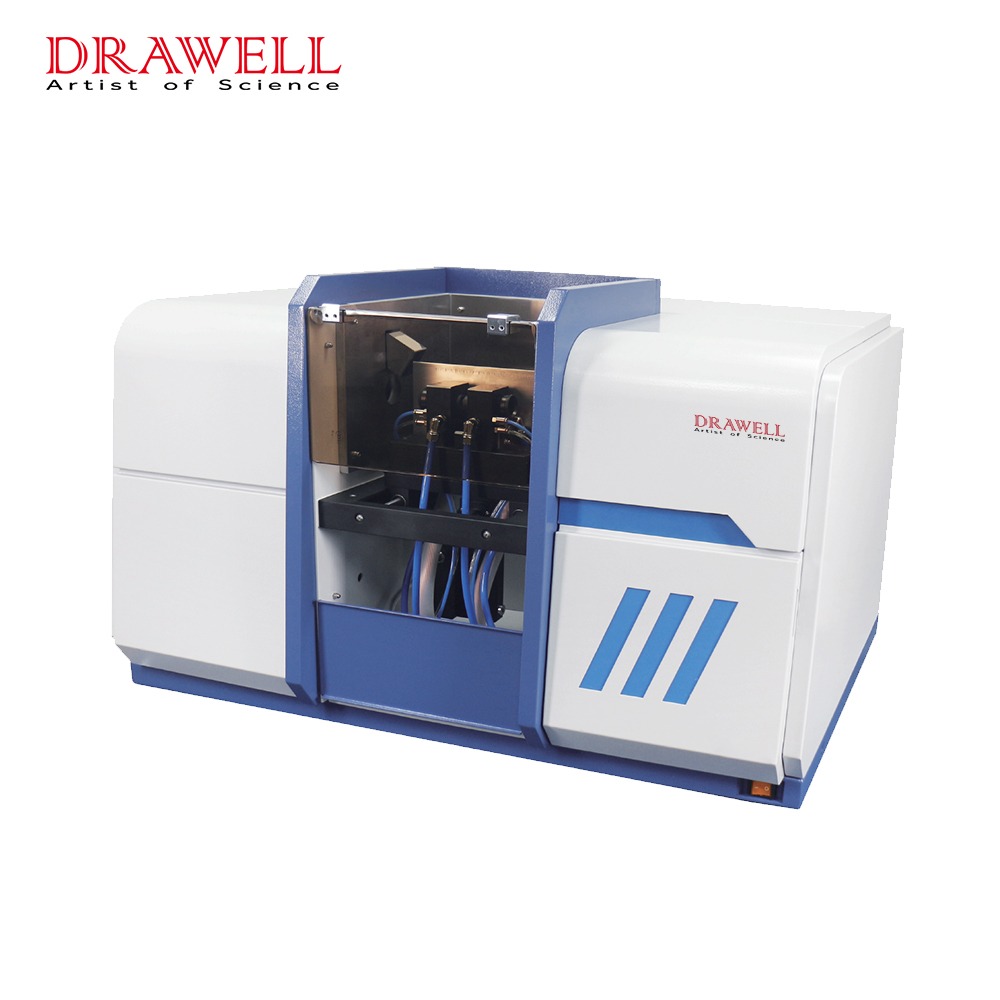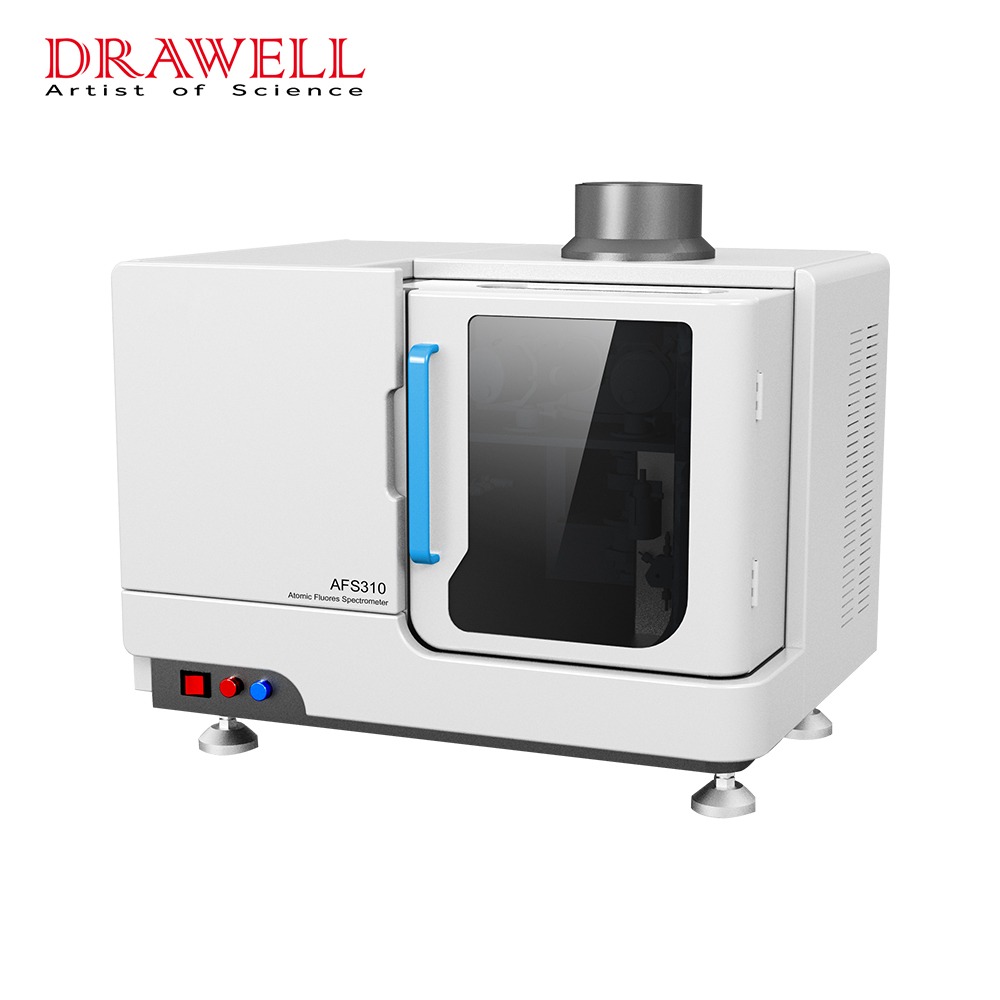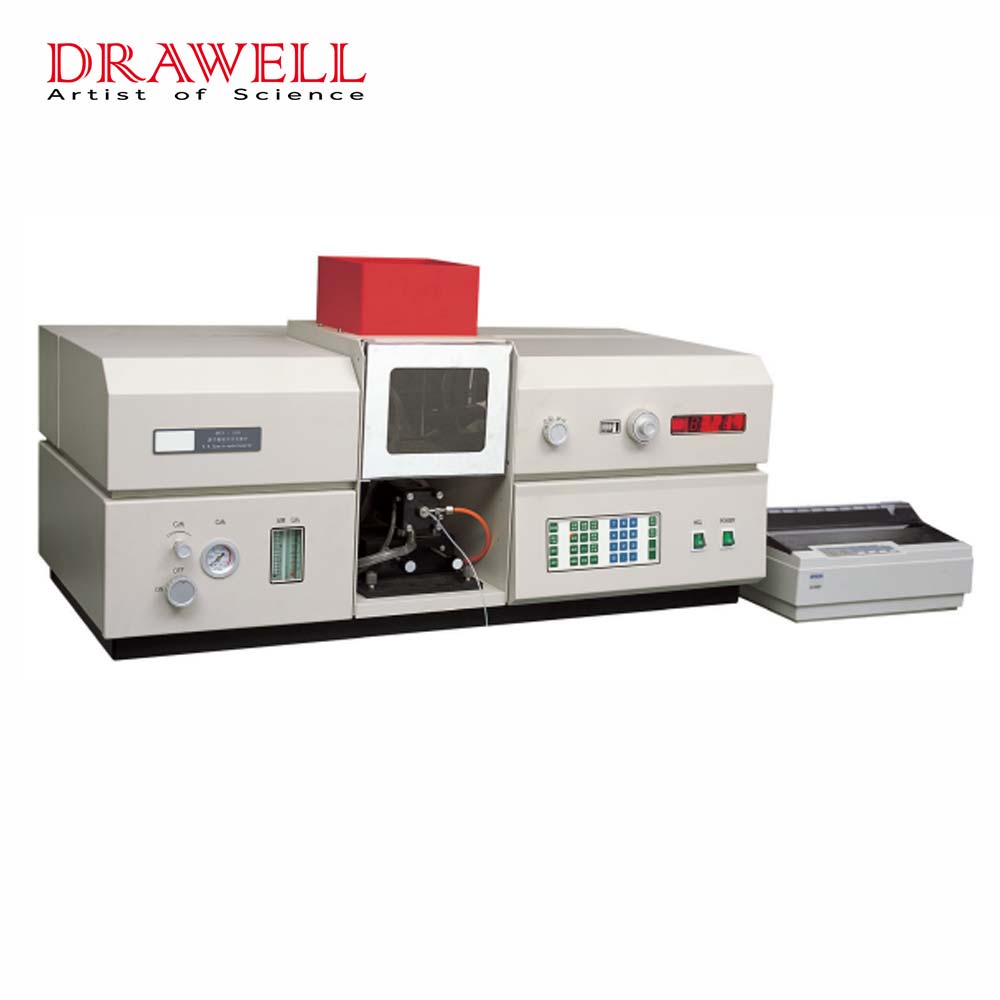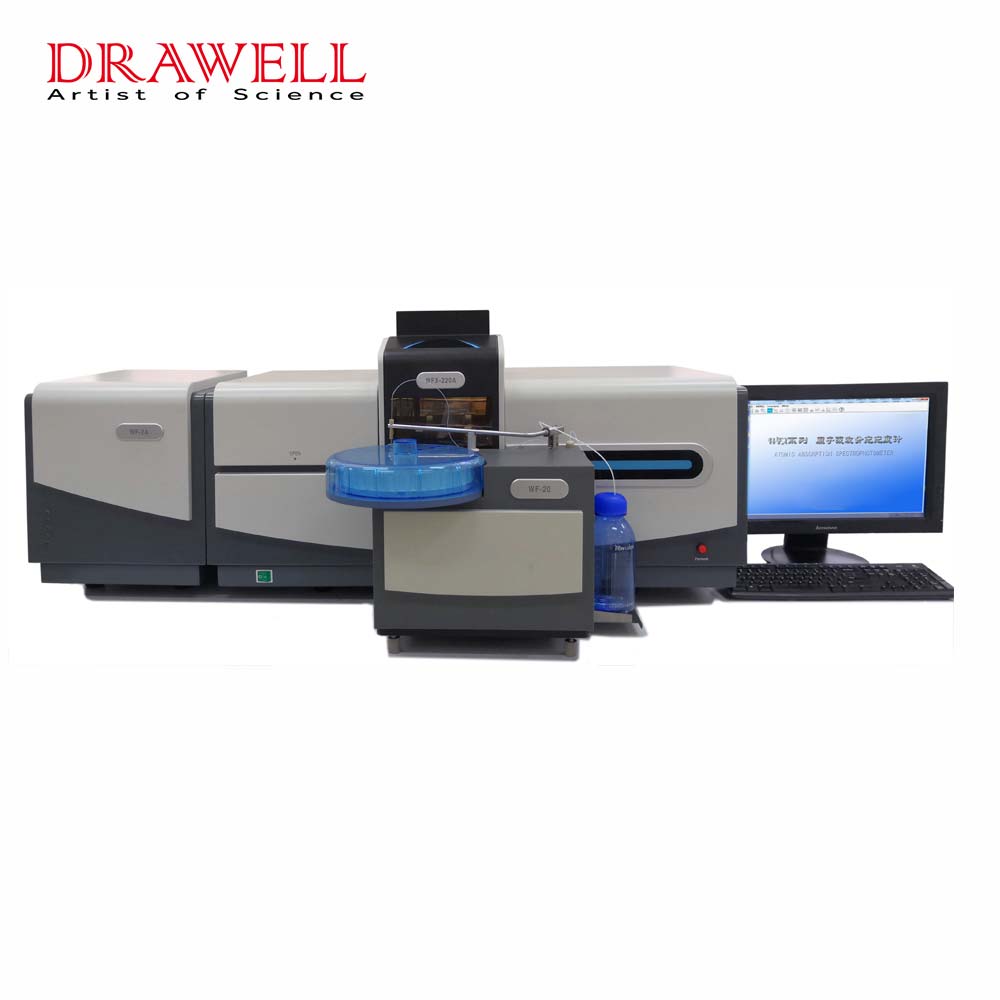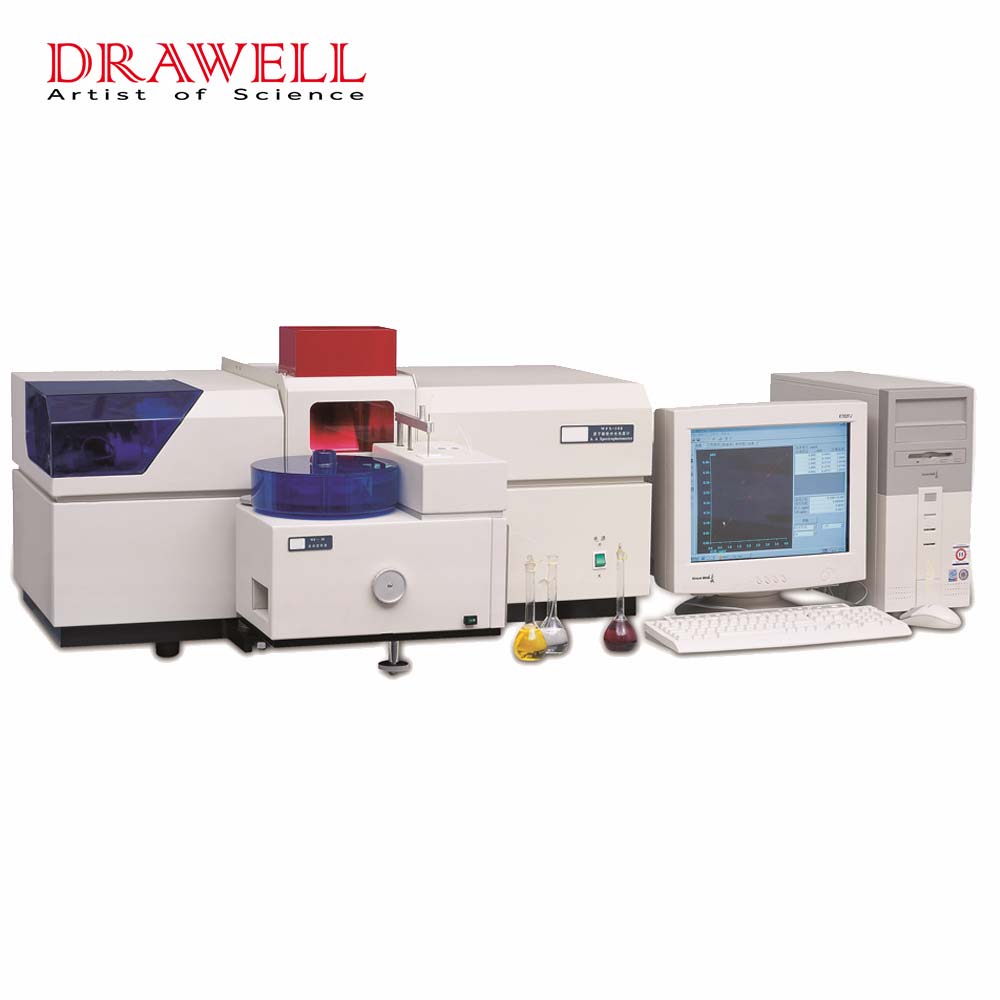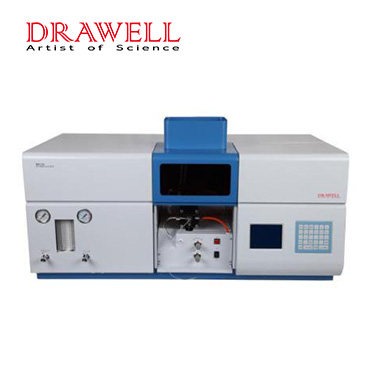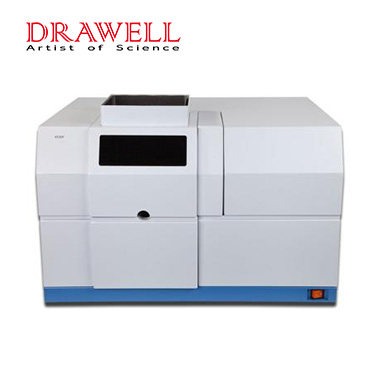The integration of Atomic Absorption Spectrophotometry (AAS) into automated laboratory workflows has revolutionized high-throughput analysis, offering enhanced precision, efficiency, and consistency in various scientific and industrial applications. As laboratories increasingly adopt automation to handle growing sample volumes and demand for rapid results, the role of AAS spectrophotometers has evolved to meet these challenges.
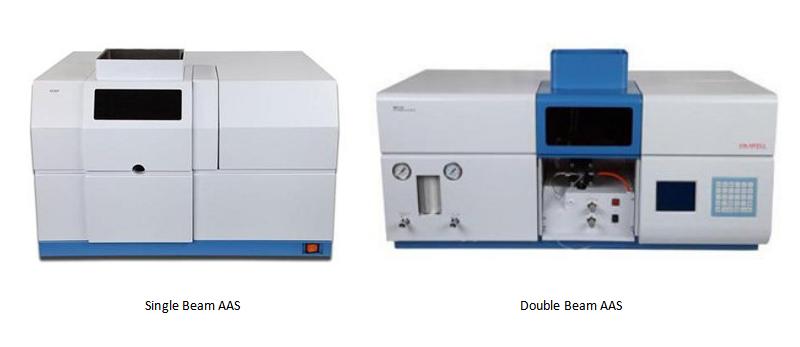
The Basics of AAS Spectrophotometry
AAS spectrophotometry is a technique used to analyze the concentration of elements in samples by measuring the absorption of light. It is highly effective for detecting metals and metalloid in environmental samples, food and beverages, pharmaceuticals, and clinical diagnostics. Traditional AAS analysis involves manual sample preparation and measurement, which can be time-consuming and prone to human error. However, recent advancements in automation have significantly transformed this process.
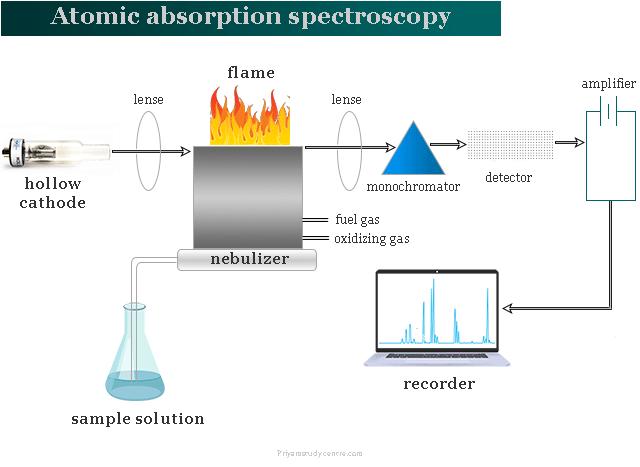
Advancements in AAS Spectrophotometer Automation
Atomic Absorption Spectrophotometry has seen significant advancements in automation, improving accuracy, efficiency, and ease of use in laboratory settings.
1. Automated Sample Preparation
- Robotic Systems: Automated systems can now handle sample preparation, including dilution, mixing, and addition of reagents. This reduces human error and improves reproducibility.
- Microwave Digestion: Automation in microwave digestion systems ensures consistent sample preparation for trace metal analysis.
2. Enhanced Software Integration
- LIMS Integration: Modern AAS spectrophotometers can integrate with Laboratory Information Management Systems (LIMS), allowing seamless data transfer and management.
- Automated Method Development: Software algorithms can optimize method parameters, reducing the time required for method development.
3. Auto-Samplers
- High-Capacity Auto-Samplers: These can handle large batches of samples, enabling continuous operation and reducing downtime.
- Multi-Element Analysis: Advanced auto-samplers can switch between different elements automatically, increasing throughput.
4. Automation in Calibration
- Automated Calibration Routines: These systems can perform routine calibrations without human intervention, ensuring consistent performance.
- Smart Calibration Solutions: Software can detect and correct for calibration drifts in real-time.
5. Enhanced Safety Features
- Automated Shutdown: Systems can automatically shut down in case of an emergency, such as gas leaks or power failures, enhancing laboratory safety.
- Self-Diagnostics: Automated diagnostic checks can identify and alert users to potential issues before they affect analyses.
6. Data Management and Reporting
- Real-Time Monitoring: Continuous monitoring of analysis results and system performance can be done in real-time, with alerts for out-of-spec results.
- Automated Reporting: Generation of comprehensive reports is automated, saving time and reducing the risk of errors.
7. Improved Sensitivity and Detection Limits
- Advanced Detector Technology: Newer detectors provide higher sensitivity and lower detection limits, making it possible to analyze trace elements more accurately.
- Enhanced Background Correction: Automated background correction improves the accuracy of measurements, especially in complex matrices.
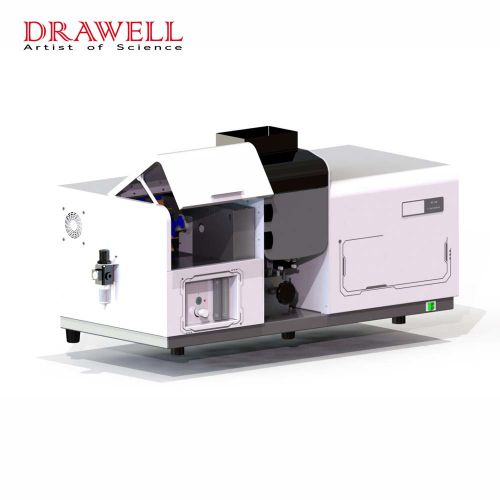
Benefits of Automated AAS spectrophotometer Workflows
This chart highlights how automation in AAS workflows enhances efficiency, accuracy, and overall productivity in laboratory settings
| Benefit | Description |
| Increased Throughput | Automated systems can process more samples in less time compared to manual operations. |
| Improved Accuracy | Reduces human error by standardizing sample preparation and measurement procedures. |
| Enhanced Precision | Consistent and reproducible sample handling leads to more reliable results. |
| Labor Cost Reduction | Less manual intervention reduces the need for skilled labor, lowering operational costs. |
| Time Efficiency | Automation speeds up analysis times, allowing for quicker data acquisition and decision-making. |
| Data Management | Automated systems often integrate with data management software, facilitating easy data storage and retrieval. |
| Sample Tracking | Barcoding and sample tracking systems minimize the risk of sample mix-up and ensure traceability. |
| Safety Improvements | Reduces exposure to hazardous materials by minimizing direct handling by technicians. |
| Scalability | Systems can be scaled to handle varying sample volumes without significant changes in workflow. |
| Consistent Quality Control | Automated systems ensure consistent implementation of quality control procedures. |
| Resource Optimization | More efficient use of reagents and materials reduces waste and costs. |
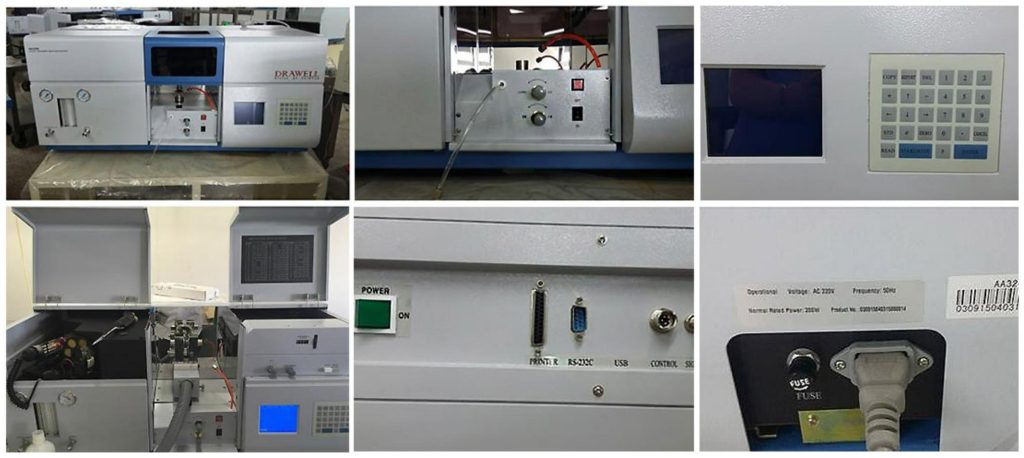
Future Prospects of AAS Spectrophotometer in Automated Lab Workflows
1. Enhanced Automation and Robotics Integration
- Sample Handling: Automated sample preparation and handling systems can work in conjunction with AAS spectrophotometers to improve throughput and consistency. Robotic arms and automated sample loaders can minimize human intervention.
- Data Acquisition and Processing: Advanced software can facilitate the seamless integration of AAS data into Laboratory Information Management Systems (LIMS), enabling real-time data processing and reporting.
2. Improved Accuracy and Precision
- Automated Calibration: Automation can ensure more frequent and consistent calibration of AAS instruments, reducing the potential for human error and increasing the accuracy and reliability of results.
- Standardization of Protocols: Automated systems can adhere strictly to standardized protocols, ensuring reproducibility and comparability of results across different laboratories.
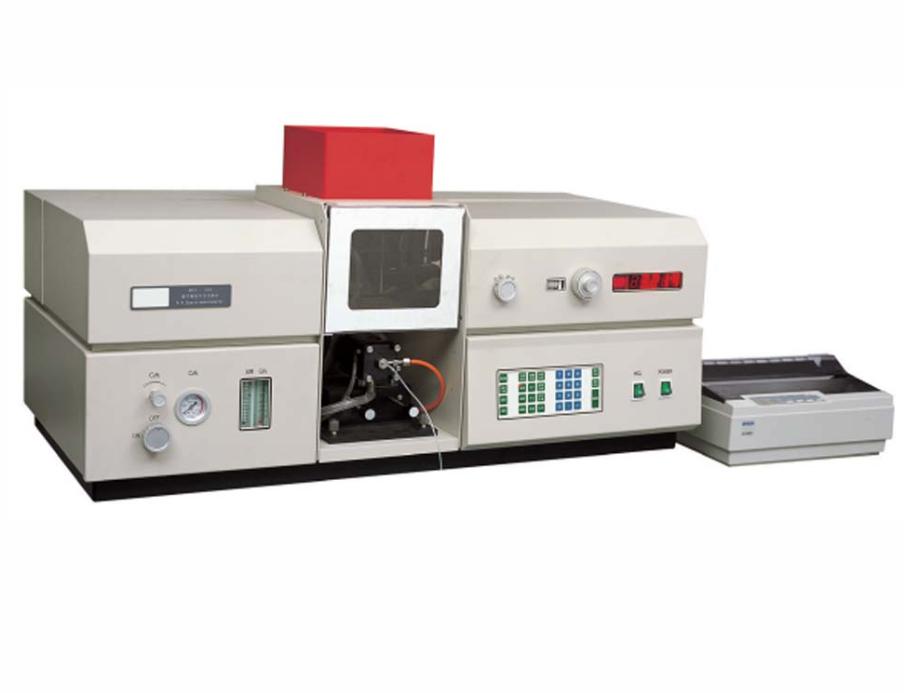
3. Increased Throughput and Efficiency
- High-Throughput Analysis: Automation can significantly increase the number of samples processed in a given timeframe. Multi-sample changers and rapid analysis techniques can expedite workflow.
- 24/7 Operation: Automated systems can operate continuously without the need for human supervision, making it possible to run analyses overnight and during weekends, thereby increasing overall laboratory productivity.
4. Enhanced Data Management and Analytics
Real-Time Monitoring and Alerts: Integration with data management systems can enable real-time monitoring of instrument performance and analytical results. Automated alerts can be generated for out-of-specification results or instrument malfunctions.
Big Data and Machine Learning: The vast amount of data generated by automated AAS workflows can be harnessed using big data analytics and machine learning algorithms to identify patterns, optimize processes, and predict maintenance needs.
5. Remote Operation and Monitoring
- Cloud-Based Systems: Cloud integration allows remote access and control of AAS spectrophotometers. This can enable experts to monitor and troubleshoot instruments from different locations.
- IoT Connectivity: Internet of Things (IoT) devices can be employed to connect AAS instruments with other laboratory equipment, creating a fully integrated and responsive lab environment.
6. Enhanced Safety and Compliance
- Hazardous Sample Handling: Automation reduces human exposure to hazardous materials by handling and processing samples in a controlled, enclosed environment.
- Regulatory Compliance: Automated documentation and traceability features can help ensure compliance with regulatory requirements by maintaining comprehensive and accurate records of all analytical processes.
7. Customization and Scalability
- Modular Systems: Future AAS systems could be designed to be modular, allowing laboratories to customize and scale their automation solutions according to their specific needs and budget constraints.
- Integration with Other Analytical Techniques: Combining AAS with other analytical methods (such as ICP-MS, HPLC, or GC) within an automated workflow can provide more comprehensive analytical capabilities.
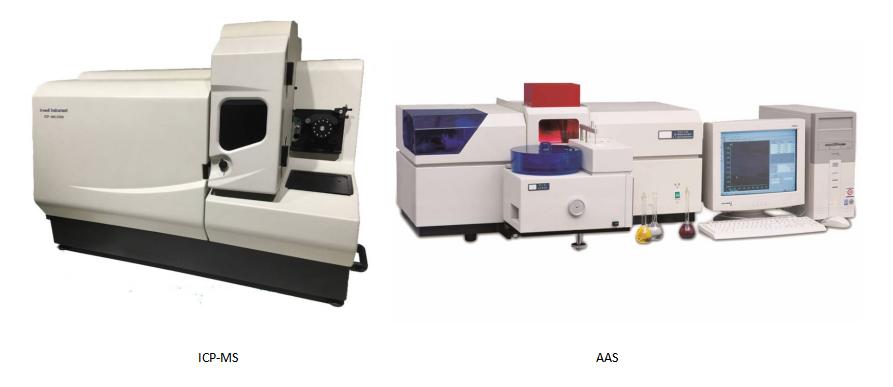
Why Choose Drawell as a Supplier of AAS Spectrophotometer in Automated Lab Setting
Drawell is a leading manufacturer and exporter of laboratory equipment and scientific instruments in China. It can provide a complete range of AAS and has earned a strong reputation for reliable quality, reasonable pricing and professional service.
Advantages of Drawell Atomic Absorption Spectrophotometers
- Advanced Technology: Drawell AAS spectrophotometers are equipped with cutting-edge technology, ensuring precise and accurate analytical results. Their instruments are designed to meet the rigorous demands of modern automated labs.
- Customization and Integration: Drawell provides customizable solutions that can be seamlessly integrated into automated workflows. This ensures that their AAS spectrophotometers can work in tandem with other lab automation systems, enhancing overall efficiency.
- Quality and Reliability: Known for their high-quality manufacturing standards, Drawell instruments are reliable and durable. This reduces downtime and maintenance costs, crucial for maintaining continuous automated operations.
- User-Friendly Interface: Their spectrophotometers come with intuitive user interfaces and software that simplify operation, data management, and integration with Laboratory Information Management Systems (LIMS).
- Comprehensive Support: Drawell offers excellent customer support, including installation, training, and after-sales service. Their technical support can assist with troubleshooting and optimizing the performance of their equipment within automated systems.
- Cost-Effectiveness: Drawell provides competitive pricing for their AAS spectrophotometers, offering value for money without compromising on quality or performance.
- Regulatory Compliance: Their instruments comply with international standards and regulations, ensuring that labs using Drawell equipment can meet compliance requirements with ease.

